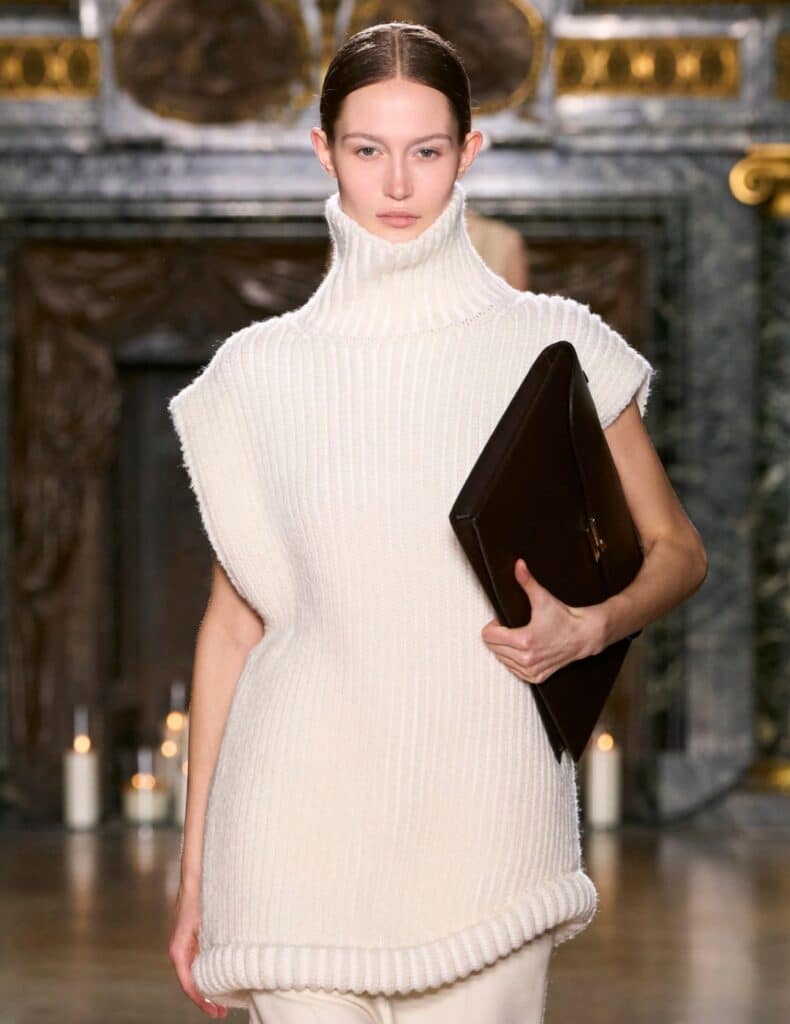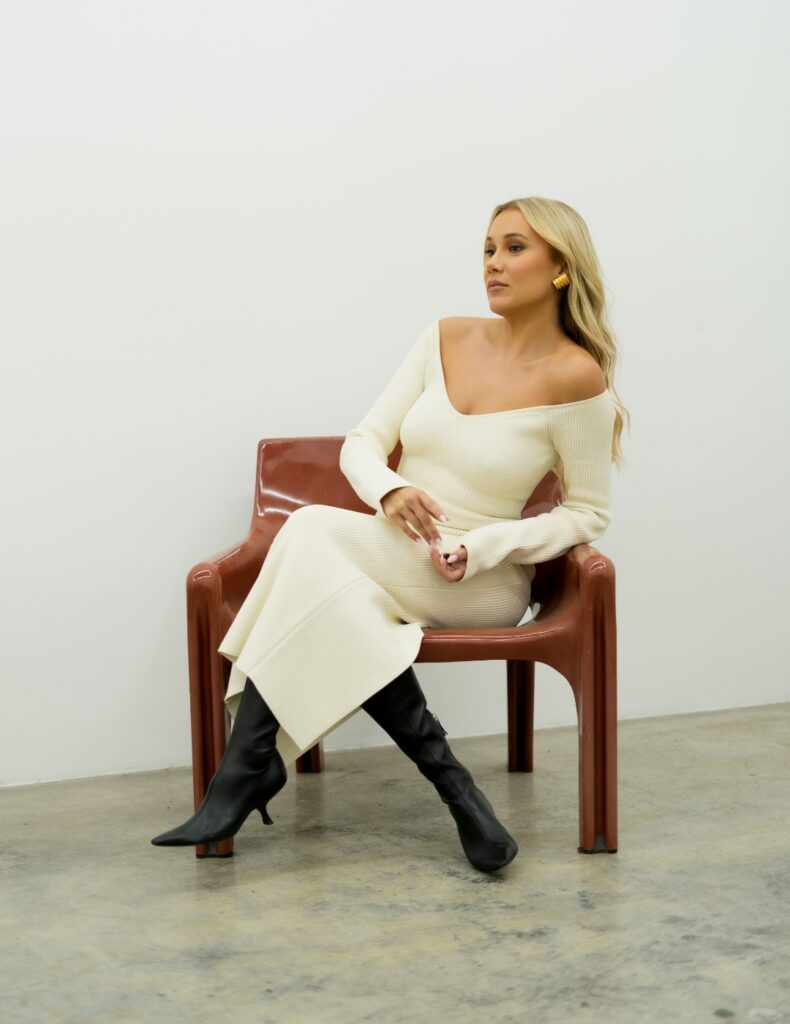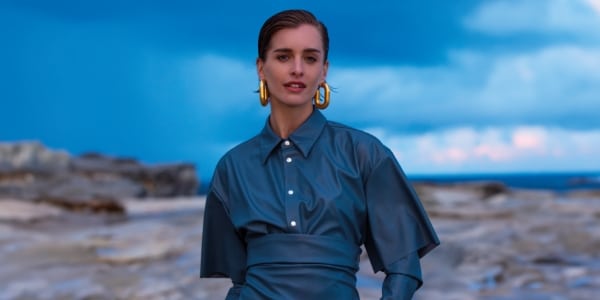Between society’s growing interest in even tiny tweaks and the information that’s now everywhere, it’s not surprising we’re all more curious about appearance medicine than ever.
If you’ve taken a scroll through Dr Ourian’s Instagram (he who sculpted Kylie J’s lips and smoothed Kim K’s stretch marks), you might think you know it all; he’s so forthcoming on @simonourianmd1, there’s little left to wonder. But are young women here having the same treatments? And what about the next step — plastic surgery?
APPEARANCE MEDICINE
We spoke to Dr Sarah Hart from Skin Institute:
We’ve heard the term ‘prejuvenation’, but what does it mean?
It describes starting cosmetic medicine treatments before the signs of ageing appear, to keep your skin in optimal health. There are a huge number of treatments that can powerfully affect the way your skin ages. In New Zealand, the mainstay of prejuvenation is wearing SPF daily and avoiding excess sun exposure; our harsh UV levels cause earlier ageing than other countries.
Some of the next steps can include:
- Using a medical-grade skin cream containing retinol.
- New-generation peels prescribed according to your specific concerns that deliver concentrated ingredients to the skin.
- Microneedling treatments such as Dermapen or Dermastamp that induce new collagen as a ‘collagen bank’ before levels in the skin drop 1-2% a year from age 30.
- LED light treatments like Omnilux.
- Gun treatments that inject moisturising hyaluronan gel [AKA hyaluronic acid], made with the same technology as dermal filler, into the skin to enhance hydration and improve collagen production and skin elasticity.
- IPL [intense pulsed light] treatments that reduce red veins and pigmentation.
How should young people approach Botox and fillers?
Women in their 20s are usually looking for enhancement or transformation, compared to women in their 40s, who want to stay the same. Celebrities like Kylie Jenner, who [reportedly] had her lips gradually transformed with Juvéderm, have revealed the possibilities. Rather than restoring lost curves, we’re creating new contours. I’d advise against starting botulinum toxin [Botox] before you see lines. Don’t be tempted to start it too soon; although it’s a very effective way to relax lines caused by muscles, it won’t magically prevent all facial ageing. For best results, start Botox when a faint line first appears, and not before. Botox is perfectly capable of smoothing out wrinkles when they form. The key is not to go too far, especially with fillers.
What should people considering Botox and fillers know?
These treatments can provide a lot of benefits but don’t forget that they are medical procedures with risks. In good hands, the risks are very small, but picking the right practitioner is crucial. For example, there is a tiny risk of blindness with dermal fillers, especially with nose treatments. Don’t have treatment on a whim, or because there’s a special on Groupon. Spend time finding the right person to trust your face with.There is one situation in which you should definitely be cautious. If you have melasma, a hormonal skin condition involving patches of brown pigment on the skin, see a dermatologist for advice before having skin treatments.
What’s the upkeep like? Both of these treatments fade away gradually, leaving your face to return to its original state. There’s no commitment to repeat unless you like the result and want to maintain it. For maintenance, you’ll need Botox two or three times a year and dermal filler once or twice a year.
What’s the best way to find a reputable practitioner? It’s getting harder, as under-regulation is allowing poorly trained and unsupervised practitioners to take advantage of the growing demand. There are two things to consider: safety and artistry. Seek out trained doctors and nurses working at accredited medical clinics. Check if your doctor is a member of NZSCM, the New Zealand Society of Cosmetic Medicine, and be wary of new places — it takes years to build the experience needed to deliver treatments safely. On the artistry side of things, word of mouth is important — if a friend has a result you like, ask them who did it. Some practitioners favour a natural result, whereas others are more extreme, so ask to see before and after photos.
What do these treatments cost? Botulinum toxin starts from as little as $80-$100 for a treatment to soften lip lines, to about $400 for a full-dose frown treatment, usually lasting four months. Dermal fillers are $600-$900 per syringe, depending on thickness and lasting ability. Usually, you’d need one syringe for lip enhancement.
PLASTIC SURGERY
So in terms of the next level of appearance updates, what are Kiwi women having done?
In New Zealand, no data is collected on plastic surgery, but anecdotally procedures are generally less popular than in the past. In the UK, the British Association of Aesthetic Plastic Surgeons reported the number of cosmetic operations conducted in 2016 fell by 40%. It used to be that here, breast augmentation (implants) and rhinoplasty (nose jobs) were all you really heard about when it came to plastic surgery. Those two are definitely still up there, judging by the focus our local surgeons put on them. Global plastic surgery-clinic- comparison site whatclinic.com recently released a trend report that noted enquiries for breast implants in New Zealand had dropped 39% in the past year. This change could be attributed to the accessibility of non-invasive options, as well as continually evolving aesthetic ideals. Celebrities have always had an impact on what we hold up as #goals, which means a tiny waist and well-endowed rear are quickly gaining favour.
What clinic’s report mentioned that surgeons worldwide are noting that women are less keen on implants, and more interested in newer treatments like fat transfer, where the patient’s fat is removed from one area and injected into another that requires plumping. This type of treatment, sometimes referred to as the Brazilian butt lift when performed on the buttocks, is yet to be widely available here.Surgery with a reputable surgeon will set you back well over $10,000, depending on the operation. Breast implants tend to cost between $13,000-$16,000, a breast reduction $13,000-$23,000 and a nose job $14,000-$16,000, but the prices can vary greatly depending on complexity, anaesthesia, surgery time and length of hospital stay.
Also referred to as a ‘plastic surgery holiday’, medical tourism (in which you sign up for a package deal for surgery and accommodation in a foreign country — most commonly a Southeast Asian country such as Thailand) is an option increasingly being taken up by young Kiwis. There are a number of companies and agents that specialise in organising everything from New Zealand, including online consultations with doctors and nurses before you fly in for the procedure and a short recovery stay.
There are many success stories and the cost can be a lot less (our research suggests procedures similar to those listed above cost about half what they do in New Zealand), but it’s harder to know whether the provider you’ve chosen is reputable as there are few internationally recognised certifications. You need to make sure that your surgeon is fully qualified, insured and experienced. According to the New Zealand Institute of Plastic and Cosmetic Surgery, some additional risks include exposure to infection by treatment-resistant organisms, the use of unregulated implants, deep-vein blood clots post-procedure, limited post-op care and a lack of options for those who have an unhappy outcome. The Institute also asks women to consider the limited time for clinical consultation with your surgeon, meaning they may not fully understand your body and medical history.












